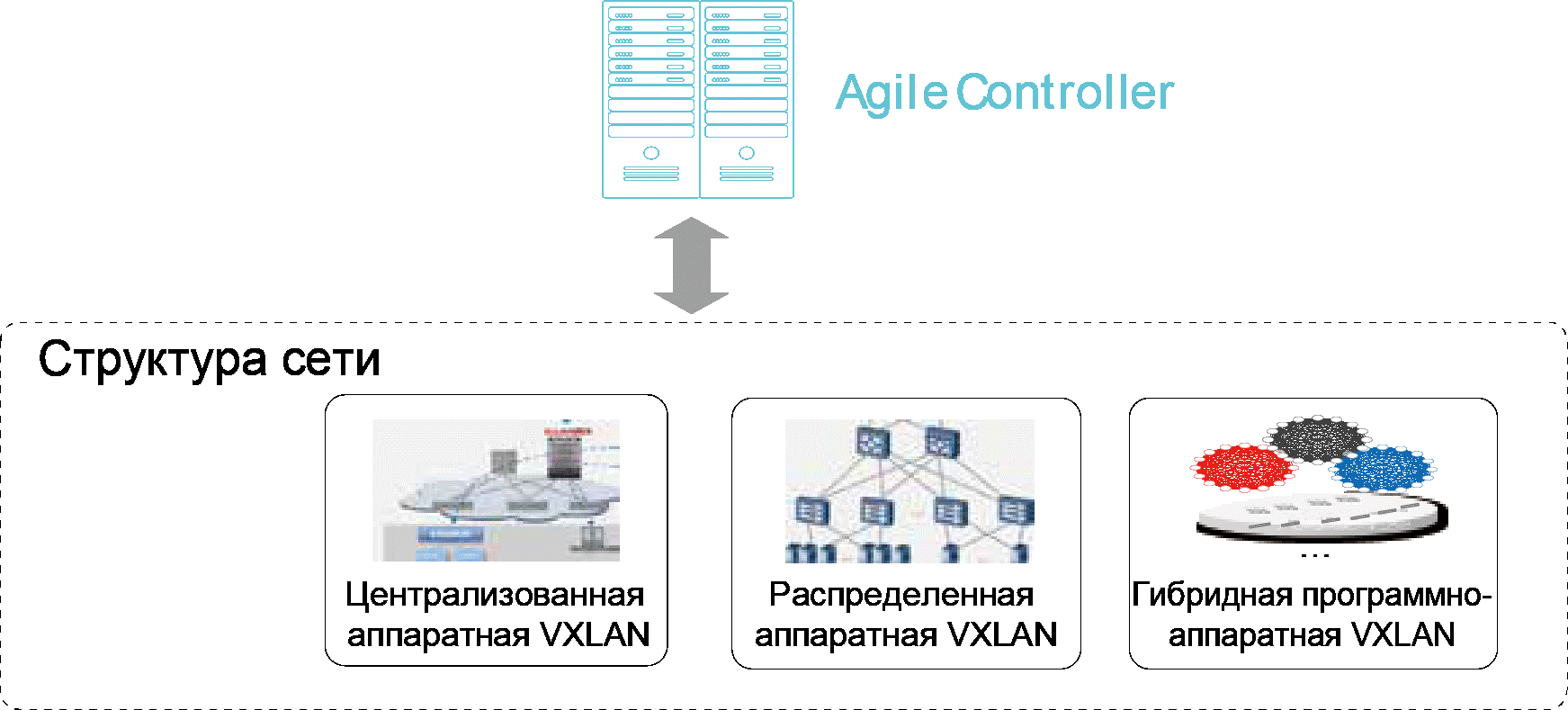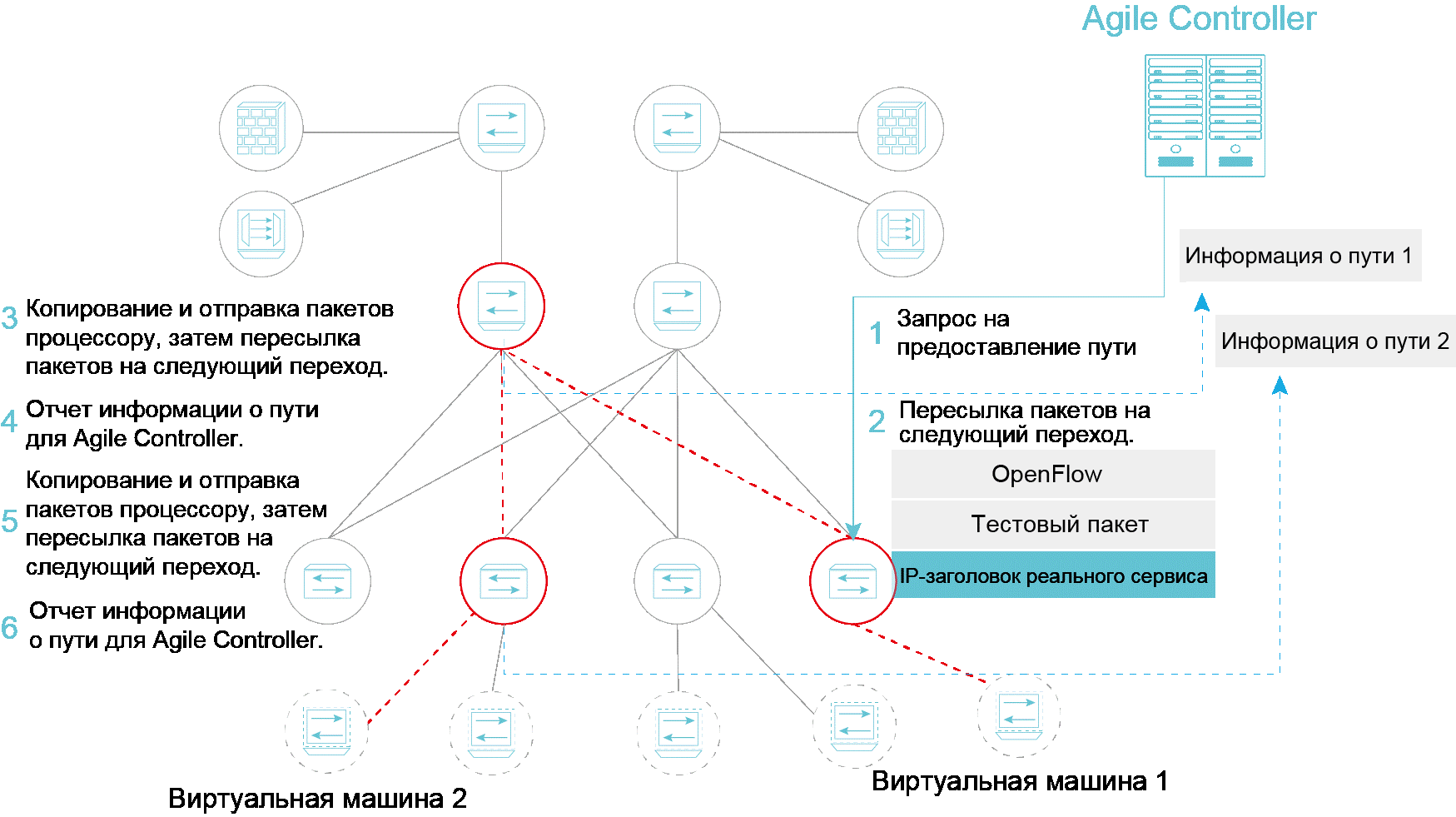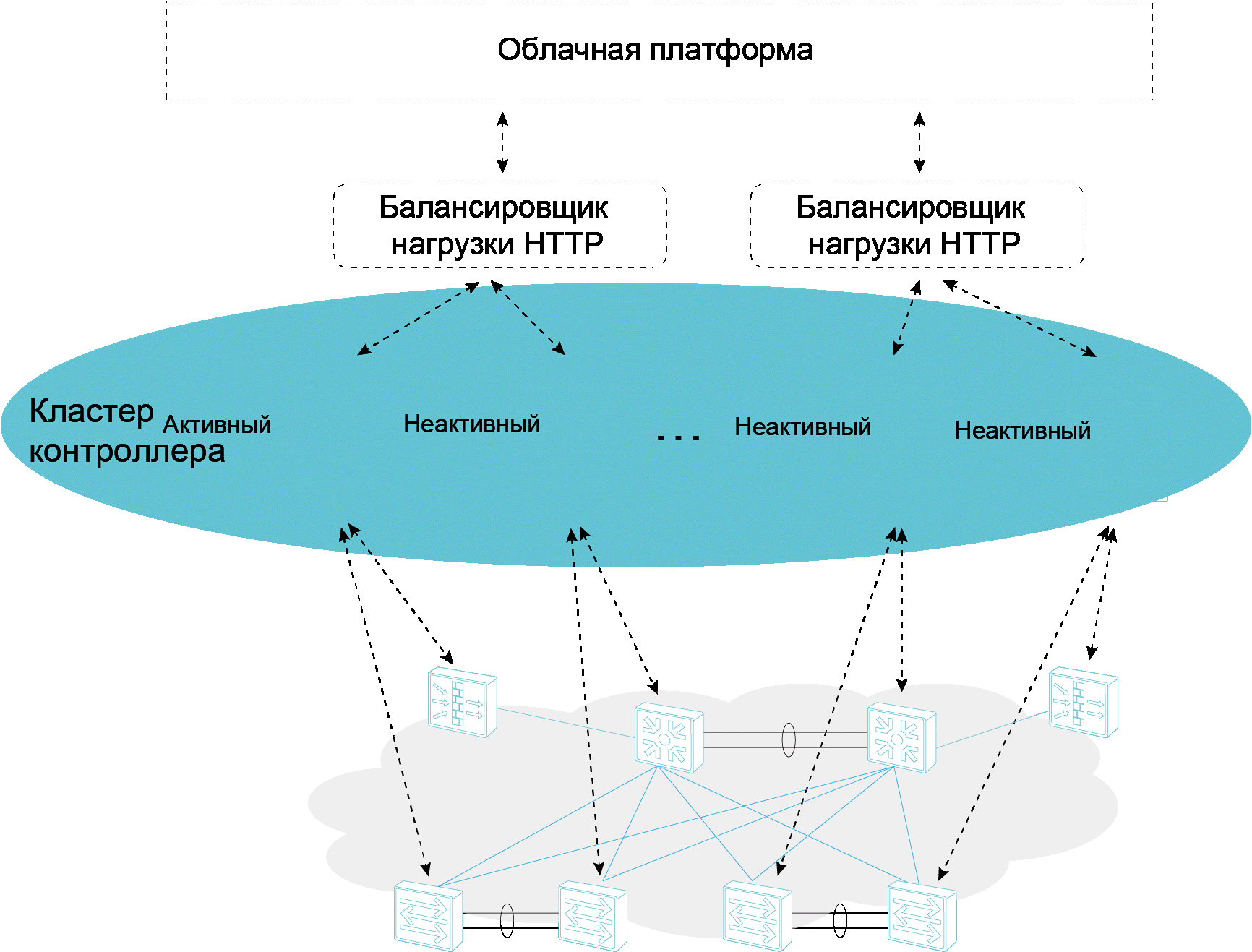Cloud Fabric: how SDN helps IT more responsive to change
Cloud Fabric: how SDN helps IT more responsive to change
To implement cloud computing, data centers and their network architecture must meet certain requirements. To cope with the new challenges will help innovative solution - Huawei CloudFabric, which has the following advantages:
- Flexibility: high scalability of cloud services and channels for transferring big data (Big Data).
- Simplification of processes: cloud solution for the Huawei network speeds up the activation of cloud services 10 times.
- Open: Simplify cloud computing by seamlessly connecting to mainstream cloud platforms.
Cloud Fabric SDN solution includes two main components: a series of switches for the Huawei CloudEngine data center and Agile Controller.
')
The solution uses an open service-oriented architecture to centrally assign information and computing resources through Agile Controller and a cloud-based platform built to meet specific service requirements. Agile Controller can connect to various cloud platforms from leading vendors to form an application-oriented cloud network. The cloud platform can be used for unified distribution of network, computing and disk resources.
Automated application-based network deployment
Huawei Cloud Fabric SDN Solution implements a service-oriented software-defined data center network (DCN). IT administrators can use the service language to configure network settings (application profiles) to best meet specific service requirements. Each service has a unique application profile, and IT administrators can customize it depending on their needs. Huawei’s Agile Controller can convert application profiles to logical networks. With these capabilities, IT administrators can flexibly customize application-oriented networks, making it possible to migrate network resources on demand.

- Language-oriented network application model: Implements policy control and service chain orchestration based on end-device group (EPG). Network policies automatically migrate from the EPG without the need for manual intervention.
- Managing drag and drop items in a WYWIWYG interface: The drag and drop and orchestration functionality of services within a graphical user interface provides opportunities for dedicated or collaborative preparation of network and computing resources.
Support for various types of network structures
Software-defined DCNs contain both physical and virtual resources, so network and IT administrators can view a general view of the data center network and get information about the distribution of global network resources, resource utilization, and real-time failure status.

- VXLAN Centralized Hardware: CloudEngine switches act as network virtualization boundary devices (NVEs), using centralized VXLAN gateway deployment. This network principle applies to private clouds with a limited number of clients, but requires high performance.
- Distributed VXLAN hardware: CloudEngine switches work as NVE, VXLAN gateways are deployed in distributed mode.
- Hybrid VXLAN software and hardware: NVE is deployed on virtual switches, on CloudEngine switches level 3 gateways are deployed. Centralized deployment of VXLAN gateways is used.
Detailed O & M features allow you to quickly locate faults.
Agile Controller solves the most pressing O & M problems in the imposed virtual network. It visualizes the forwarding paths between virtual machines and removes “black holes” in the O & M virtual network structure. A visual display of service paths allows you to quickly localize failures in virtual and physical networks and allow network administrators to quickly check network configurations. Retrospective viewing and playback of crashes improve the speed and quality of O & M.

- Clearly displayed underlying redirect paths between virtual machines
- Visual display of forwarding paths between VTEP VXLAN nodes
- Clearly displayed and controlled physical and virtual resources
Open Source Architecture Stimulates Service Innovation
An open source architecture makes it easy to build an open industry ecosystem. Agile Controller provides standard RESTful Nordic application programming interfaces (APIs) and southerly OpenFlow and Open vSwitch Database Management (OVSDB) interfaces.
The Nordic APIs interact with the standard OpenStack cloud platform and communicate with Neutron interfaces to speed up its linking, speed up the deployment of network resources and provide seamless interoperability of computing, network and disk resources.
Agile Controller can interact with third-party devices to quickly deploy computing and network resources in cloud data center networks. At change of computing resources migration of network resources occurs dynamically.
Controller Cluster 1: N Elatic
Agile Controller balances the load of requests from the upstream cloud platform to all cluster members, which increases reliability and avoids failures caused by the failure of individual elements. In a southerly direction, Agile Controller dynamically distributes cluster members across network devices based on the load of cluster members, increasing the safety margin of the system.

- 64 cluster members
- Flexible expansion of cluster members, not affecting client services
- Distributed Database Backup Cluster 1: N
- Load balancing in the north direction: The load produced by service requests from the cloud platform can be balanced for all cluster members, and requests will not be processed by a single controller node. Cluster features are fully utilized to improve reliability.
- Load Balancing South: Controller nodes are dynamically assigned to network devices based on load balancing information.
Thus, Huawei CloudFabric cloud solution allows customers to build flexible, simple, open networks of next-generation data centers with support for the stable development of cloud services.
Author: Denis Serechenko, Business Development Director, Huawei Enterprise Business Group in Russia.

More information on the site - e.huawei.com/ru
Source: https://habr.com/ru/post/337914/
All Articles